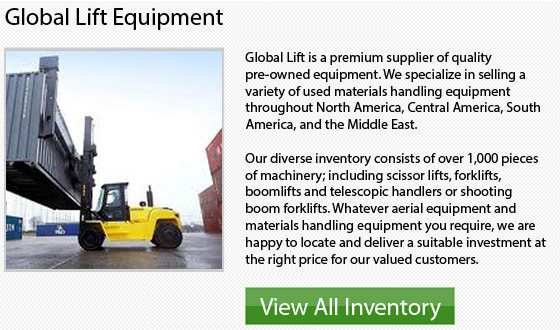
Electric Forklift Specs
Lift trucks are used for lifting and carrying loads in job sites such as construction and warehousing. Lift trucks are available in different classes that utilize various kinds of fuel. The electric lift truck is becoming very common in a huge array of industries. They are powered by rechargeable lead-acid batteries which are more powerful and larger than batteries used for cars. Within this broad category of electric lift trucks, there are a variety of sub-types distinguished by several common specifications.
Load Capacity
Load capacity is the amount of weight which a specific kind of forklift is capable of supporting.
Stroke
The vertical lift travel of the forklift is the stroke. It describes the amount of difference between the fully-raised and fully-loaded positions of the particular lift truck.
Classes
In order to organize the features of the various models, classes of forklifts have been categorized into eight classes. Classes I, II, and III pertain to electric lift trucks. Class I lift trucks include electric motor trucks engineered to be ridden by the operator while in operation. Class II electric lift trucks are made for efficiency in narrow aisle environments and are recommended for stocking and pulling goods in a warehouse. Class III electric lift trucks are motor-powered hand trucks that are operated by a person who walks at the back of the model.
Battery Specifications
The battery specifications help to provide the required information pertaining to its performance. On the lift truck is a plate that identifies the volts put out from the battery. The weight of the battery will normally be specified on the forklift also, because that specification is required to know the amount of weight the lift truck will need to support. Normally the information also includes the forklift weight without the battery.
Input
The input is the energy the battery of the forklift is made to accept while charging. This is actually an important condition. Like for instance, an electric lift truck might be able to accept either 230 or 460 volts at a time.